Post-Reconstruction
In the 1880s, struggling farmers united in the Farmers’ Alliance, a national movement that sought agricultural reform and railroad oversight, and formed groups throughout the South.
Black farmers were largely kept out of these groups and formed their own Colored Farmers’ Alliance. Many members of the newly formed Populist Party were members of the Farmer’s Alliance.
Farmers’ Alliance and Populist Party allies united with Republicans to form a “fusionist” government to pass progressive reforms. This further angered Democrats, who rallied whites to protest and overthrow what they called “Negro rule,” despite the fact that Black men were still very much the minority among politicians in North Carolina.
The growing white supremacy campaign conducted by Democrats came to a head with a violent coup, which massacred Black people in Wilmington and overthrew the Fusionist government there. Two years later, white voters adopted a constitutional amendment that imposed poll taxes and literacy tests that disenfranchised almost all of North Carolina’s Black citizens and many whites as well. Disfranchisement brought political monopoly by an all-white Democratic Party, limitation of Republicans to pockets of mountain whites, and state-enforced racial segregation of all public institutions and facilities. This same “Jim Crow” system prevailed for some time.
The falsehoods of the “Lost Cause” narrative have long appeared in popular culture, and their legacy survives today. During and after the 1890s, Confederate memorial associations erected statues and monuments to secessionist leaders and used literature and textbooks to promote sanitized accounts of the antebellum South and the Confederate cause. Northern and southern whites built on this movement for much of the twentieth century, seeking to reconcile their differences by minimizing the enslavement dispute, praising the sincerity and courage of North and South alike, and ignoring the nation’s mistreatment of Black Americans.
Featured Story
A Letter to Jefferson Davis from George C. Beasley, April 21, 1862
Transcribed by Cheri Todd Molter Original Transcription: Camp of Starr’s Light Battery Greenville NC Apr 21st 1862 Hon J. Davis Pres C.S. I see by a...
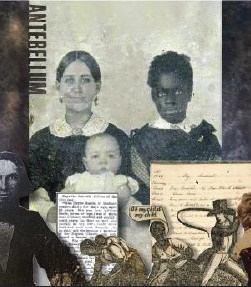
Antebellum
Before the Civil War, the region’s geography, population, economics, and laws shaped the diverse lives of North Carolinians. Enslaved and free Black people rebelled against the institution of enslavement through violent revolt...
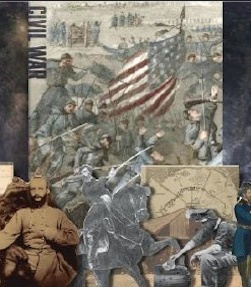
The Civil War
After the election of Republican candidate Abraham Lincoln in November 1860, South Carolina and six other states seceded before he took office, but President Buchanan did not initiate hostilities...
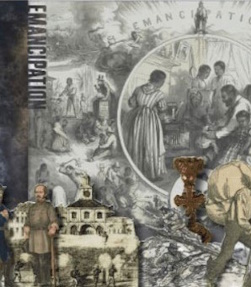
Emancipation
In May 1861, General Benjamin F. Butler gave semi-protected status and partial freedom to enslaved people who escaped to Union lines from Confederate territory, considering them essentially “contraband of...
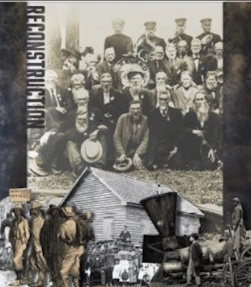
Reconstruction
President Andrew Johnson’s limited Presidential Reconstruction prioritized reconciliation between the North and South. Its effect was to restore the status quo regarding old wealth and power in the South and the political oppression of...
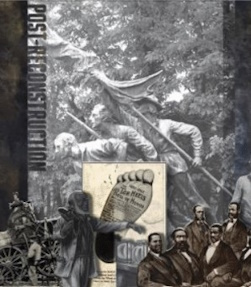
Post-Reconstruction
In the 1880s, struggling farmers united in the Farmers’ Alliance, a national movement that sought agricultural reform and railroad oversight, and formed groups throughout the South...
